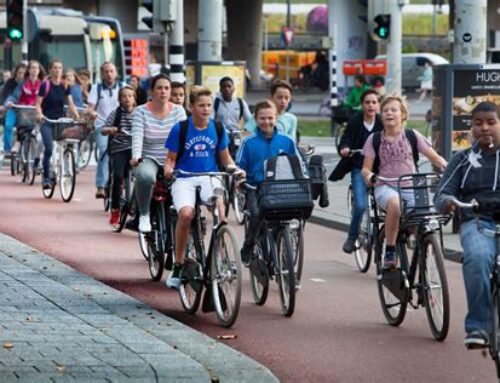The inspiration came from a Dutch region referred to as “Rijk Dommel en Aa”. The region is not formally registered as such. It comprises two mid sizes cities and 5 smaller communities. It is surrounded by canals and rivers which make it a rectangular territory.
This confinement had been for some years a place to develop regional cocreation at government level. At one stage someone asked me to look at the region from a practical sustainocratic point of view. Two converging lines came together, governance and peer 4 regional sustainocratic development. How do we unite those lines into a functional format that enhances the combination rather than drive them apart?
Differences
Governance tends to deploy itself around “files”. These files normally live a life of their own within the context of current political-economic steering mechanisms. Rijk Dommel and Aa had its own traditional files for the region:
- Mobility
- Energy and Water
- Nature and Recreation
- Housing and living
- Farming and Food
The focus that government had agreed among themselves was to facilitate the population’s spare time (recreation, sport) development.
When Sustainocracy started to look at the region, that hosts 400.000 residents with an multiple equivalent of regular visitors to festivals, activities, recreation, tourism and special events, it introduced the 5 core values for regional development (health, safety, basic needs, self resilience and self awareness). At provincial level we are developing the Health Deal, inspired on the Healthy City commitment in Eindhoven through AiREAS. During a first multidisciplinary encounter the people present were asked to come up with ideas to simply enhance this particular member of the leading core values: Health.

In the cocreation exercize 6 areas of attention were defined:
- How can we involve all people and institution into this health driven process? (involve)
- What are the impediments and problem spots in the region? (impediments)
- What are the admirable initiatives that can be highlighted and supported? (initiatives)
- What experimental initiatives can we define? (experiments)
- Can we organize events for people to experience what we want to achieve with their help? (events)
- Let’s investigate in the region what residents feel about the subject? (research)
Health, files and areas of attention
With “health” as leading topic the files and areas of attention could easily be combined into a matrix.

Just one meeting was needed to populate the matrix with multidisciplinary teams that develop the ideas into projects with the corresponding commitments.

The multidisciplinary tables in action
When a project is defined it is seconded by all and deliveres a measurable result that can be related to the higher sustainocratic purpose, Health in this case. Since all key partners are available to commit resources the project can get rapidly equiped with the finances, technology, human creativity and hands on power to get into an execution phase. The process can be repeated as often as needed in the region with increasing involvement of all stakeholders together.
The process is fast, dynamic and very effective. One of the polical executives mentioned with a degree of surprise: “In one afternoon extremely difficult and complex projects are defined here and committed, what normally takes us 30 years!”
Many regions around the world are now coming to see how we do this. India, China, central Europe, Turkey, etc are candidates for developing sustainocratic platforms soon.
We tend to work in three steps with them in Eindhoven:
- Come over to learn and get inspired
- Come over to discuss how to implement it within their own regional complexity?
- Implement locally and establish a cooperation to work together
That is how Sustainocracy expands by combining governance with new guidance based on core human values and integral societal involvement.




Leave A Comment